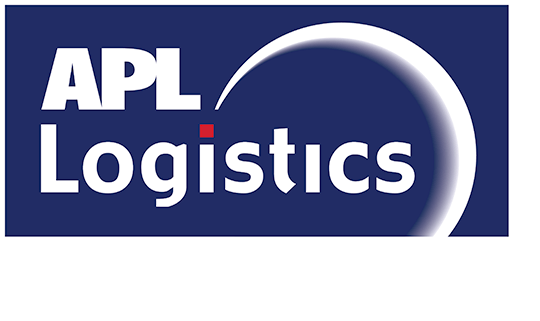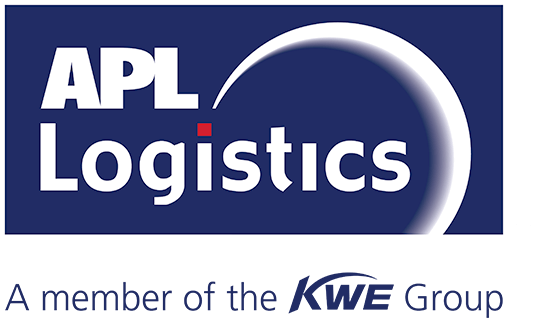October 17, 2024 in ARTICLES
Maximising Supply Chain Efficiency Through Destination Delivery Management
In today’s increasingly complex European supply chain landscape, delivering products efficiently and accurately has become more than just an operational concern – it’s a strategic priority. At the heart of this is destination delivery management, which ensures that goods reach their final destination promptly and accurately. In a region with strict regulatory requirements and high customer expectations, getting this process right is crucial for businesses aiming to thrive. However, when destination delivery management is inadequately managed, it can cause ripple effects that disrupt the entire supply chain, causing delays and financial losses.
Here are key business strategies to maximise supply chain efficiency by optimising destination delivery management.
STREAMLINE DISTRIBUTION CENTER (DC) INTAKE
Picture this: your DCs are overwhelmed with incoming shipments, leading to processing and inventory management delays. This kind of disruption can throw your entire supply chain off course. To avoid this, businesses need to optimise how goods flow through their DCs by managing intake effectively. This involves aligning with established protocols for DC capacity, free-time agreements, and prioritisation based on “In-DC” dates. Overloading or mismanaging your DCs can create bottlenecks, which slow down operations and inflate costs. By ensuring that DCs operate within their capacity limits and stick to agreed timelines, businesses can mitigate these risks and maintain a smooth flow of goods.
OPTIMISE CONTAINER FLOWS AND CARRIER AGREEMENTS
Seamless container flow is another critical factor in keeping the supply chain running efficiently. Poor container flow management against the agreed terms with carriers can severely impact business performance and bottom-line results, leading to demurrage charges, delayed shipments, and increased transportation costs. To prevent these disruptions, businesses must ensure container movements align with carrier agreements, allowing companies to optimise costs and boost efficiency. Regular monitoring and adjustments to these flows can prevent costly disruptions and ensure that products are delivered on time, preserving the integrity of the supply chain.
ENHANCE COMMUNICATION ACROSS MULTIPLE CHANNELS
The modern supply chain involves numerous stakeholders, including port operators, haulage providers, freight forwarders, shipping lines, customs agents, and DCs. Managing communication across these channels can be daunting and distracts from core business activities. Miscommunication or lack of coordination among these parties can lead to delays and errors. Implementing integrated communication systems and establishing clear protocols can streamline interactions and ensure all parties are on the same page. This will reduce the likelihood of disruptions and allow businesses to focus on their primary objectives.
HOLD OPERATORS ACCOUNTABLE FOR PERFORMANCE
Your operators are the backbone of your supply chain, and their performance can make or break your success. The selected operators – transportation providers, freight forwarders, or DC operators – must be consistently monitored and managed. Unfortunately, many businesses overlook this, leading to inefficiencies that go unchecked. A robust performance management system helps identify underperforming operators and areas needing improvement. By holding operators accountable and fostering a culture of continuous improvement, businesses can enhance their supply chain’s overall efficiency and reliability.
RIGHT PRODUCT, RIGHT PLACE, RIGHT TIME
One of the cardinal rules of supply chain management is ensuring that the right product reaches the right place at the right time. Any deviation from this principle can tarnish customer relationships. European customers, in particular, have high expectations for reliability and precision. Failure to meet these expectations can lead to dissatisfied customers, lost sales, and a damaged reputation. By prioritising destination delivery management, businesses can ensure that products are consistently delivered as promised, upholding customer satisfaction and loyalty.
CONCLUSION
Effective destination delivery management is paramount for maintaining a resilient and efficient supply chain, particularly in Europe. From managing DC intake to ensuring timely and accurate delivery of products, every aspect plays a crucial role in sustaining profitability and customer satisfaction. By focusing on these areas, businesses can mitigate risks, reduce costs, and build stronger relationships with their customers and partners. As the supply chain landscape evolves, prioritising destination delivery management will remain a key driver of success for European businesses.
At APL Logistics, we bring decades of experience to the European market, offering Integrated Destination Management Solutions designed to streamline every stage of the delivery process. We orchestrate the planning, execution, and visibility from pre-arrival at port through to delivery at DC in conjunction with your carriers and nominated destination, ensuring that your products move smoothly through the supply chain, are delivered on time, and meet expectations.
By Simon Kidner, Head of Supply Chain Development – EMEA


